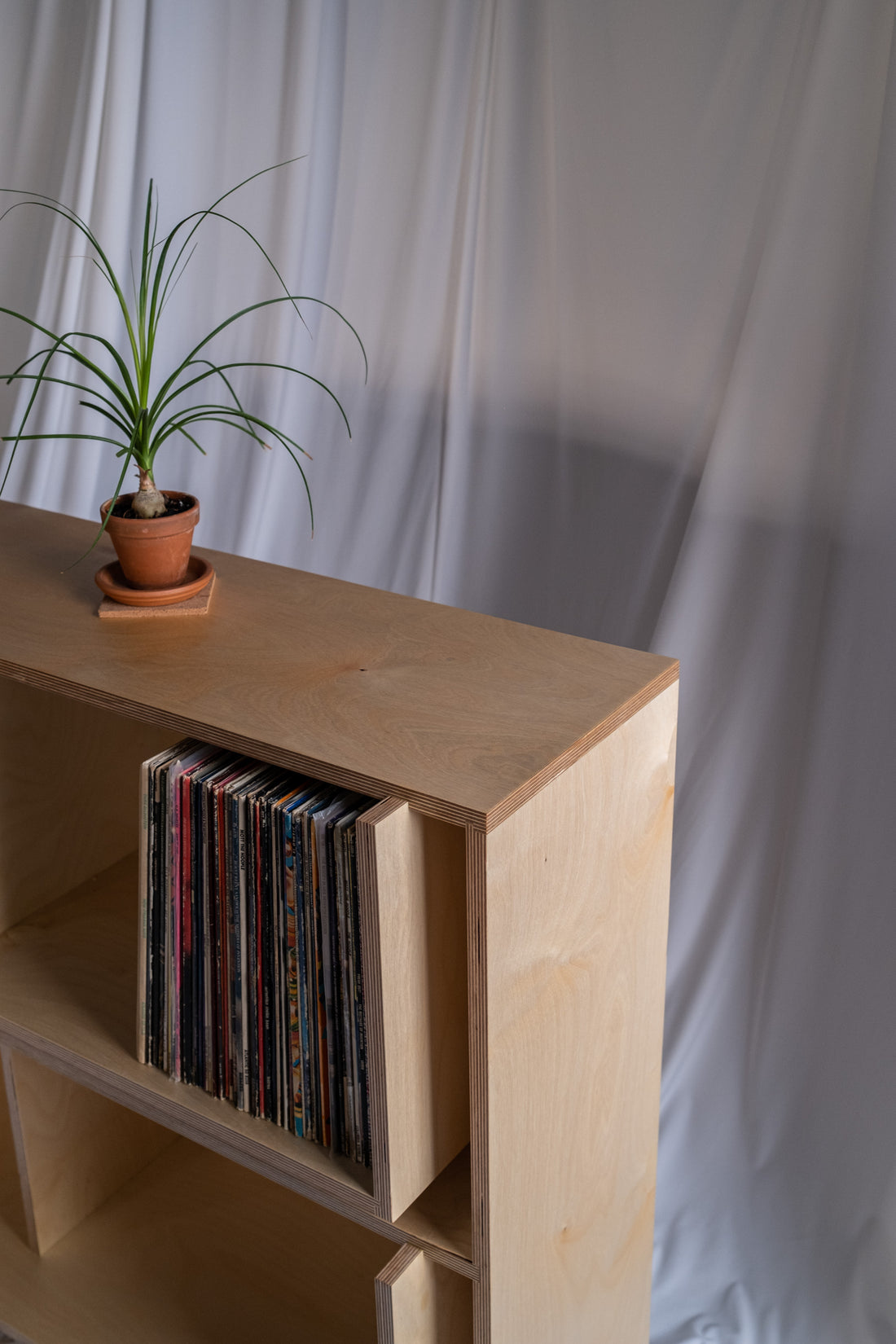When I first started getting serious about furniture design my vision was soft. Everything I designed was informed by gently inflated edges, pool noodle bends, and painterly curves. These are all important references, personally and at large, to this day. I have, however, cultivated a taste for the severe.

I want tension. A sharp edge bluntly intersecting another plane gives the eye a path to follow. Traveling along a shadow line, the eye has a precision edge guiding it towards an abrupt intersection - either dropping into negative space or encountering a wedge of shadow that invites contemplation of the open plane. Working with harsh edges and playful spatial relationships creates these little journeys for a viewer. Beyond the perception of the piece as a whole (i.e. a Noodle), a piece may be appreciated for the individual planes it’s constructed of. A creator can even influence the order in which the planes are viewed, applying graphic design principles to shadow and shape. So, viewing tightens and releases, arrives and departs.

The release of tension is important and can be overplayed. In Disney’s Marvel movies, the use of humor to remove tension is ruinous. Every time a viewer inches towards fear, disgust, or discomfort a pratfall or “joke” rushes in to save us from any experience. A character cannot contemplate the death of a loved one without someone uttering “That just happened”. Similarly, furniture can be too generous with its curves—furniture with no edges, a Marvel movie.

Contour bias is a description of the human preference for curved objects. We are programmed to fear things that can hurt us. Viewing a sharp object activates the amygdala. We are a little scared of the thing, subconsciously. This gives us a heightened awareness of it and the urge to have a greater understanding of it. Faced with sharpness, we ask “Exactly where is that?” and “Can it really hurt me?” A designer can crack into skulls and adjust the fluid levels by eschewing a rounded edge. Very satisfying.

There is an important place for unthreatening tubular extrusion chairs and the shadowless softness of a noodle table. I love curves and softness and make huge use of them in my work. Sharpness in furniture is about balance, not exclusion. Leave space for some tension.

